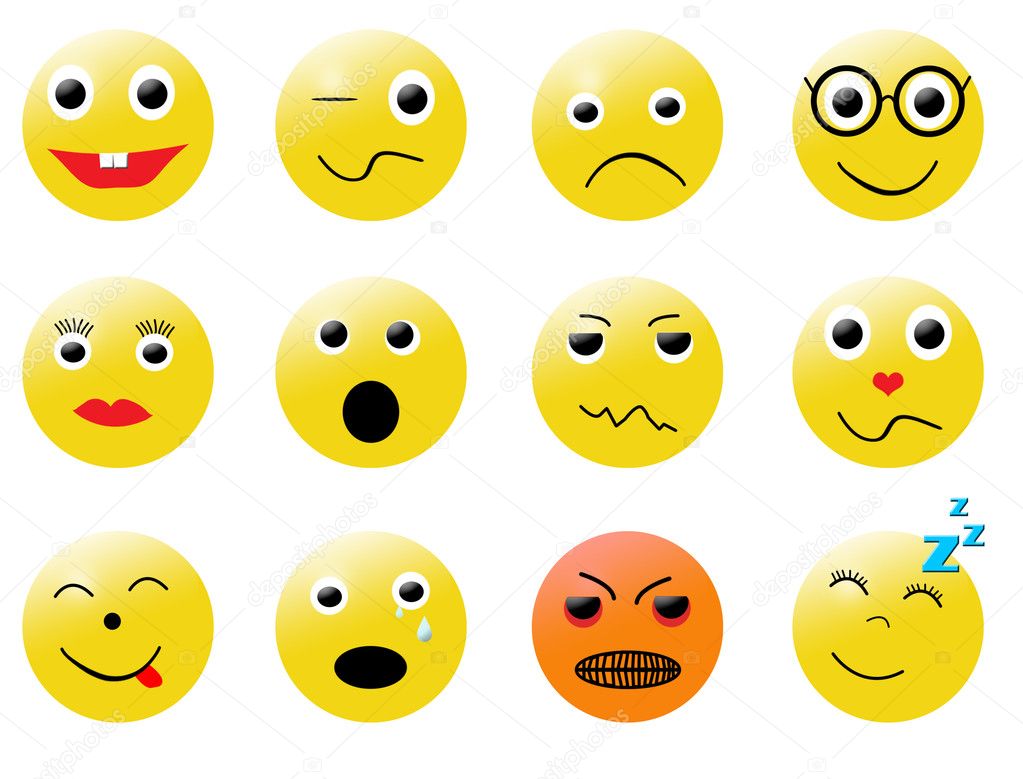Assignment 3 Task 2 (D1)
Introduction
In this last task for assignment 3 I am going to evaluate the interpersonal and written communication techniques which I used when presenting my PowerPoint. One of things which I am going to evaluate is the tone of voice which I used.
Main Body
From the group PowerPoint presentation which was delivered to the class you can see that I have all of the content which I had to include with relevant images for each one. My slides also have bullet points of the main points which I had to add for Web Based Communication Channels, Podcasts and WebPages with my other notes being at the bottom in the speaker notes.
I also used an alternate slide delivery for the presentation which kept the audience engaged and it made people enjoy the presentation more.
The presentation was also visually appealing for the audience because I had a good selection of images different Web Based Communications, different BBC podcasts and I had an example of a Webpage which people use. The PowerPoint was also aimed at the right audience because I have wrote an explanation of what each of the Web Based Communication Channels are and I have talked about the uses of each of them.
The tone of voice which I used for the PowerPoint presentation was fine for some of it but I need to slow down for my next presentation by having more confidence. I also tried to engage with the audience by having some eye contact which will make them feel more involved but I could have more eye contact throughout the presentation. The voice projection which I used was good but it could be improved by taking my time when I am delivering the PowerPoint presentation so the audience will enjoy it more. Finally it is good to show a good body language when delivering a PowerPoint presentation because it will show the audience that you are interested in what you are doing. In my presentation I tried to show good body language when I was talking but one thing which my teacher has told me is to have more enthusiasm in my voice.
Furthermore during my PowerPoint presentation I tried to retain the audience’s attention by having some eye contact with them and I used good images. I could also get more involved with the audience by interacting with them with questions.
Some ways in which I could improve my PowerPoint presentation is by using key words and phrases which I have now fixed and I should proof read before presenting my work. I could also rehearse more before I present my PowerPoint by having notes and should slow down when I am talking which will help.
Another thing which I could do is to use some questioning techniques for the audience which will get them more involved. Some examples of questions which I could use are for people to pick examples of podcasts which they use and what they think of my images.
Finally I have had good teamwork skills in my PowerPoint because I worked well with my teammate with us having alternate slides to keep the user involved. We also did an equal amount of work with the same amount of slides being used for our work.
Written Communication Skills
I have shown good written communication skills in my PowerPoint presentation; some of the things which I have done well is my spelling and grammar which is all correct and is at a good standard. Another way in which I have good written communication skills is by the way that I have used an appropriate structure (format) with short sentences and bullet points for each of my slides. Finally I have identified relevance by writing about the definition and the uses of each Web Based Communication Channel in my PowerPoint.
Conclusion
To conclude you can see that I have evaluated the interpersonal and written communication techniques which I used when presenting my PowerPoint.































